France, Denmark, Italy and other allies are expected to join the four battle groups led by the United States, Germany, Britain and Canada to go to Poland, Lithuania, Estonia and Latvia, with forces ranging from armored infantry to drones.
Lev Gudkov, head of the Russian polling group Levada-Center, told Britain’s Daily Mail that most of his countrymen “believe that the Third World War has begun” with NATO amassing troops on Russia’s borders, but Jens Stoltenberg, the NATO Secretary-General, denied going too far.
Asked on Wednesday about these aggressive measures, Stoltenberg called them “defensive” and “proportionate,” and because Russia had increased its military spending and used force in Georgia, Syria, Ukraine and elsewhere. He did however not allude to NATO’s involvement in conflicts in the Middle East.
He said the alliance should focus on “risk reduction” and “transparency” in its talks with the Kremlin, but offered no examples of how this is to be achieved.
Stoltenberg instead said the commitments would be “a clear demonstration of our transatlantic bond” and while it was clear how the sabre-rattling could provide a “bond” it was not clear how the latest moves were going to reduce the risk of confrontation.
Diplomats said it would send a message to Republican presidential nominee Donald Trump, who has signalled a willingness to involve Russia in talks instead of making threats that could lead to a nuclear confrontation. Trump has warned repeatedly that a Clinton presidency would mean going to war with Russia.
NATO maintains that next year’s deployments have taken on greater symbolism since Russia cancelled several nuclear disarmament agreements in the past two months while moving nuclear-capable missiles into its strategic Baltic exclave in Kaliningrad. The so-called Iskander-M cruise missiles can hit targets across Poland and the Baltics, although NATO officials declined to say if Russia had moved nuclear warheads to Kaliningrad.
“This deployment, if it becomes permanent, if the presence of nuclear weapons were confirmed, would be a change in [Russia’s] security posture,” the United States’ envoy to NATO, Douglas Lute, said, indicating that the Obama administration would like to see Russia taking the bait.
Defense Ministers from the alliance met yesterday and will be continuing their meetings today at NATO headquarters.
The NATO battle groups will be backed by NATO’s 40 000-strong rapid-reaction force, and if need be, further follow-on forces, for any potential conflict, which could move into Baltic states and Poland on rotation. The strategy outlines an emerging new deterrent that could eventually be combined with missile defenses, air patrols and defenses against “cyber attacks”.
President Vladimir Putin suspended a treaty with Washington earlier on cleaning up weapons-grade plutonium, signaling he was willing to use nuclear disarmament as a new bargaining chip in disputes with the United States over Ukraine and Syria, the Israeli daily Haaretz reported.
Tensions with Russia have been escalated by the West due to Moscow’s advances in Syria to eliminate terrorist strongholds in the country. Western media have tried to portray these advances as “indiscriminate bombing of civilians in Aleppo” but with little evidence to support their claims.
Britain meanwhile, has been exceptionally vocal in supporting what appears to be an offensive move by Western powers.
Sir Michael Fallon, British Defence Secretary, stopped just short of declaring war on Russia. At the NATO headquarters in Brussels, where Fallon spoke, he implied that Brexit had caused some distress to NATO and that Britain could gain from hostilities with Russia.
Fallon also suggested that British involvement could lend a unifying credibility to alliance members: “This is Britain stepping up in NATO, beefing up the reassurance that we are able to offer. Although we are leaving the European Union, we will be doing more to help secure the eastern and southern flanks of Nato.”
An MoD spokesman told the Mail: “The UK is stepping up its package of measures to support its allies in Europe, in the face of a more assertive Russia.”
The British mission would incorporate Challenger 2 tanks, Warrior vehicles and hand-held drones. The Royal Navy meanwhile, was placed on “red alert” last week, the Daily Mail reported after it emerged Russia was sailing a fleet of warships along the British coast en route to Syria.
President Putin has sent a fleet of eight Russian warships through the English Channel to assist the assault on the besieged Syrian city.
But yesterday, following pressure from its NATO allies, Spain withdrew permission for some of the ships to refuel “because Moscow was unable to pledge the vessels would not be used to bomb Syria” the New York Times reported.
NATO urged Spain to turn away some vessels, three warships, which were said to include its only aircraft carrier, the Soviet-era Admiral Kuznetsov, at Ceuta, a Spanish enclave on the north coast of Africa. It was first reported in the Spanish news media on Tuesday evening.
Defense ministers, who gathered in Brussels on Wednesday for a two-day meeting, had warned Spain not to let the Russian ships dock.
The Kremlin has also expressed their surprise at the decision by its neighbour Norway to allow US troops to be stationed on its soil from next year, according to a Russian embassy official. For the past seven decades, NATO member Norway has had a policy of not allowing foreign troops to be stationed on its territory.
Oslo added to the NATO rumblings on Monday saying it would allow some 330 US Marines to be billeted temporarily at the Vaernes military base in central Norway from January, the first foreign troops allowed to be posted on its territory since the end of World War II.
The Russian embassy in Oslo expressed surprise to AFP: “Taking into account multiple statements of Norwegian officials about the absence of threat from Russia to Norway we would like to understand for what purposes is Norway so much willing to increase its military potential, in particular through stationing of American forces in Vaernes?”
Norway and Russia share a border in the Arctic. Vaernes lies about 1,000km from the Russian-Norwegian frontier.
“The policy of non-stationing, which even withstood the test of the Cold War, has always been an advantage for Norway as a partner over other Nato countries,” a Russian embassy spokesman said in an e-mailed statement to AFP, adding that Russia would “like to have the conclusive clarification of parameters, motives and aims” of the decision.
Norway did not specifically mention a Russian military threat when announcing the move on Monday. But in a 2014 interview with Reuters, Defence Minister Ine Eriksen Soereide said Russia’s annexation of Crimea showed that it had the ability and will to use military means to achieve political goals.
In Brussels, the US ambassador to NATO denied that the deployment was part of a NATO force and said it came about through a “bilateral arrangement between US and Norway that goes back decades”. He did not specify the agreement.
“It is an upgrade, an increase in activity. As the US designs its national contributions across Europe, we want to have a very balanced approach,” Lute told a news conference. “We think a land presence in Norway, which opens opportunities for increased training… also makes sense. The Marines will get some good cold weather training,” he added, alluding to Russia’s cold climes.
NATO Secretary General Stoltenberg also confirmed on Tuesday during a press conference that NATO “will expand (our) support into Iraq itself in the coming months,” while Douglas Lute informed media during a telephone briefing on Tuesday that the 28-member alliance had been providing direct support with airborne warning and control system (AWACS) surveillance aircraft in the coalition fight against Daesh in Mosul since last week, Daily Sabah reported.
Lute then praised Turkey as a “key ally” in Iraq.


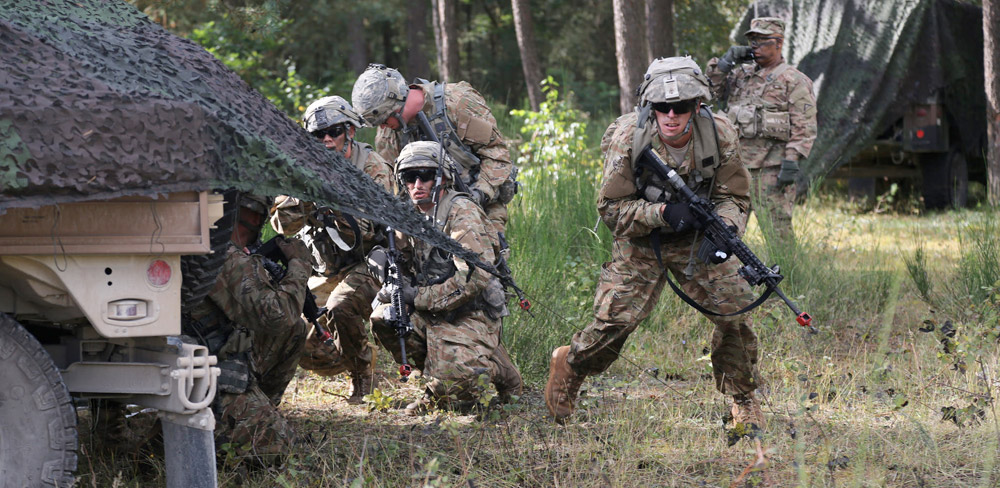

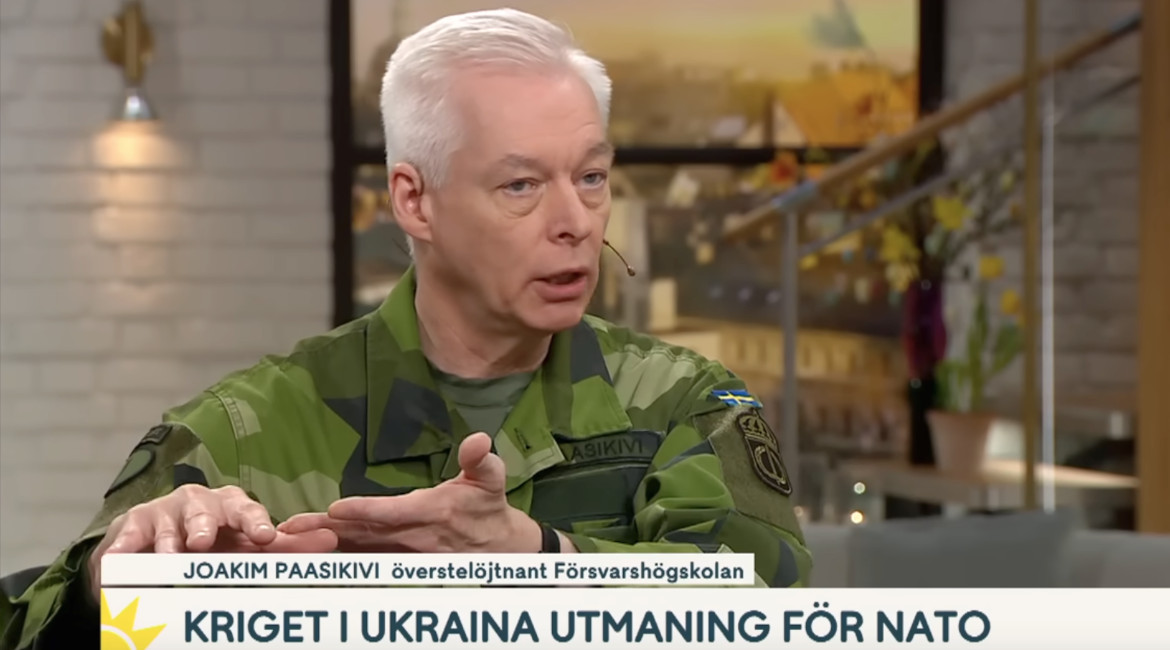

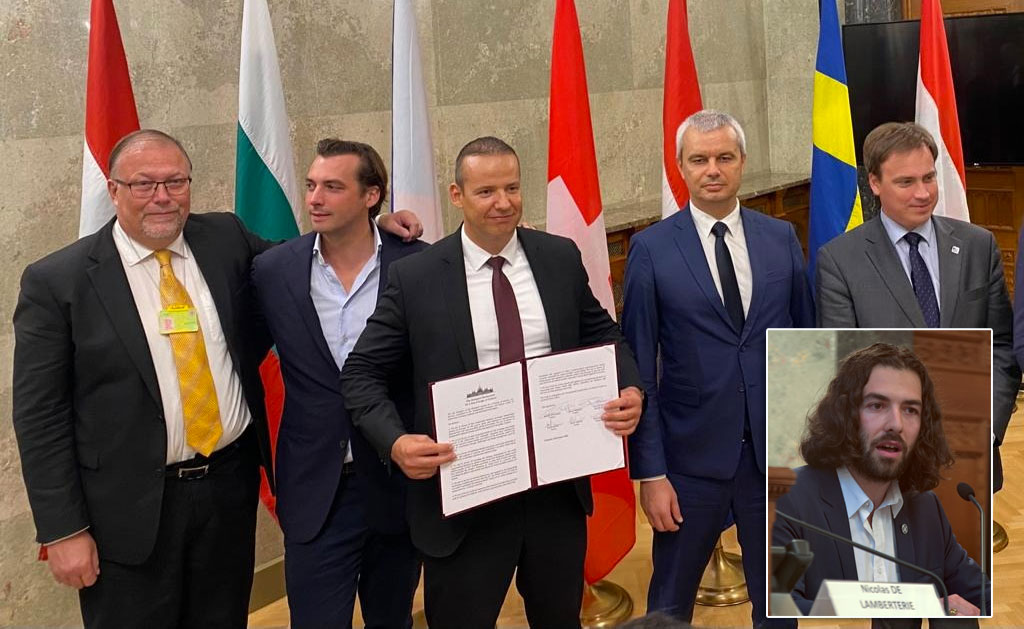

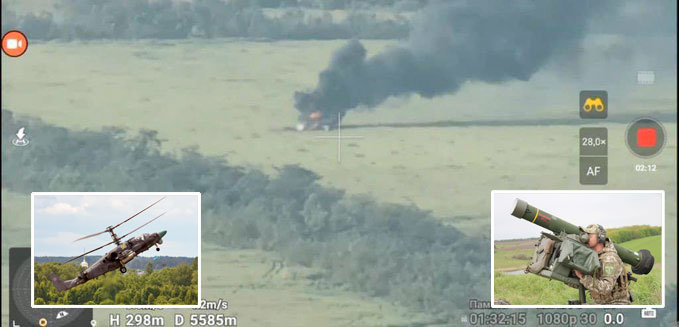
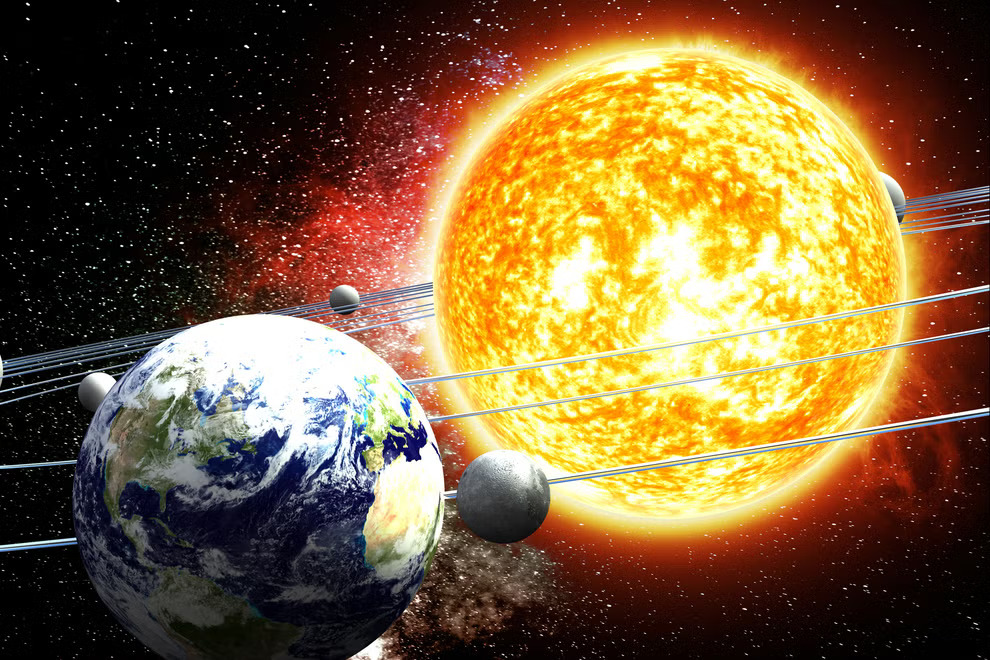
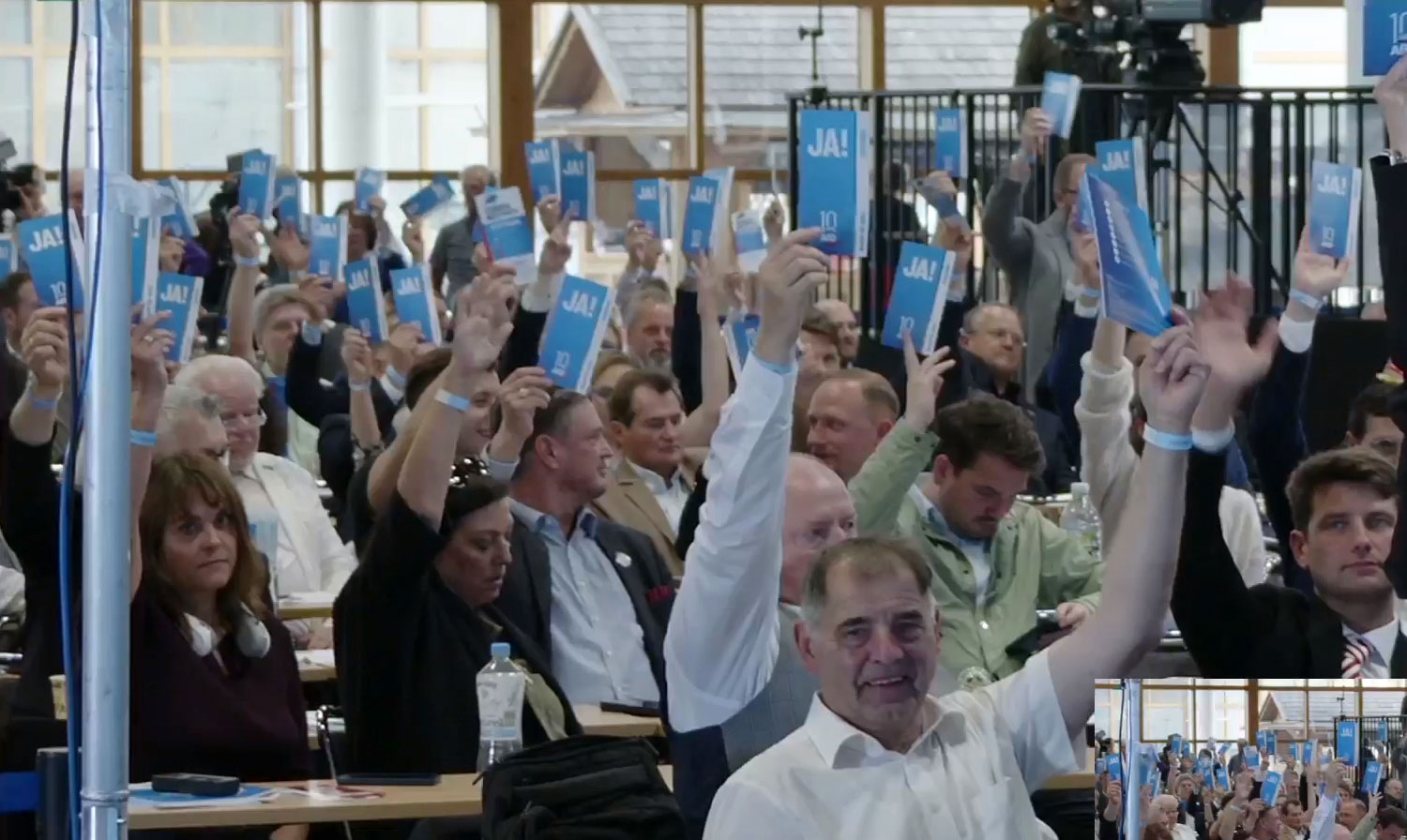
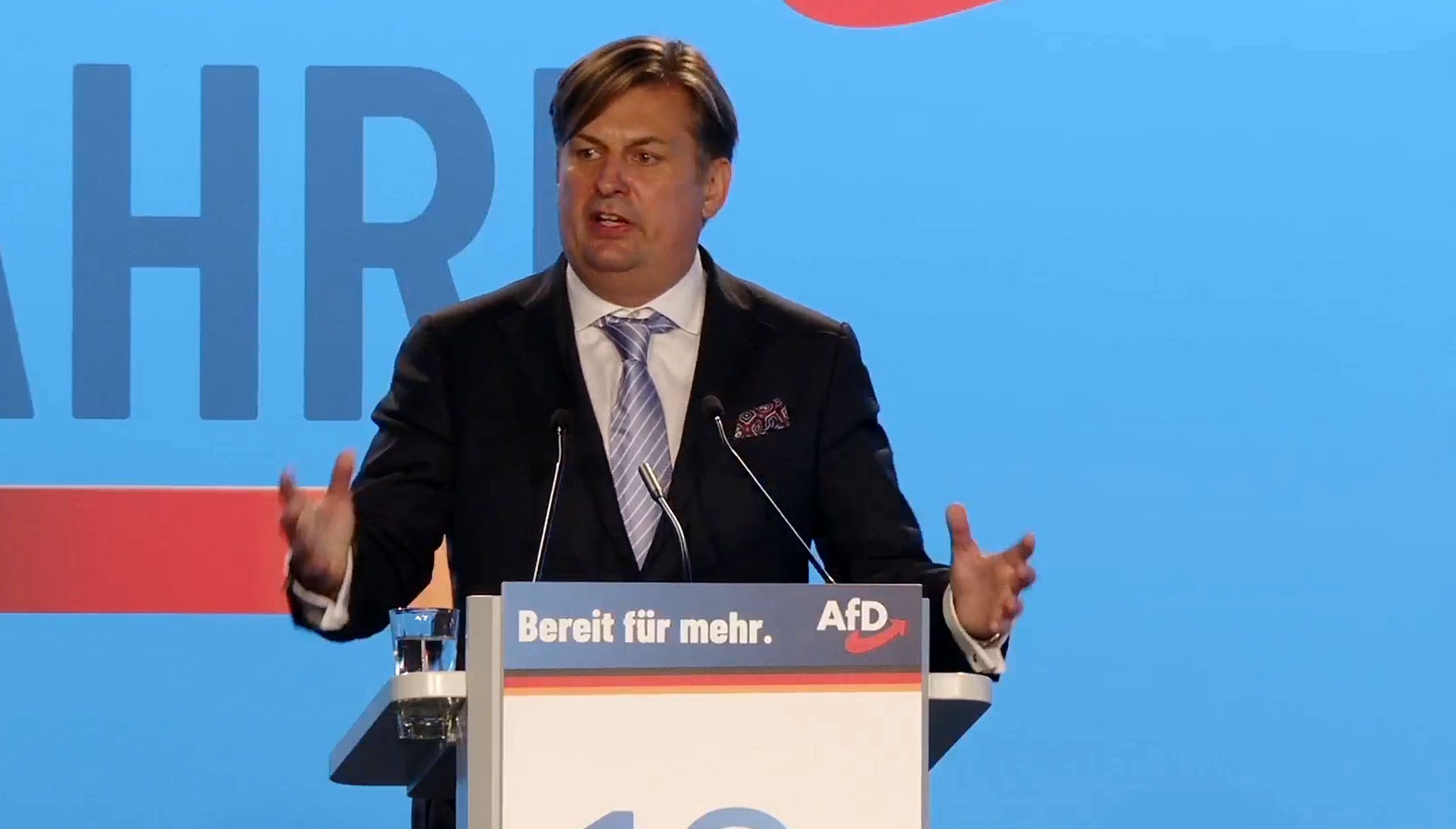

No comments.
By submitting a comment you grant Free West Media a perpetual license to reproduce your words and name/web site in attribution. Inappropriate and irrelevant comments will be removed at an admin’s discretion. Your email is used for verification purposes only, it will never be shared.